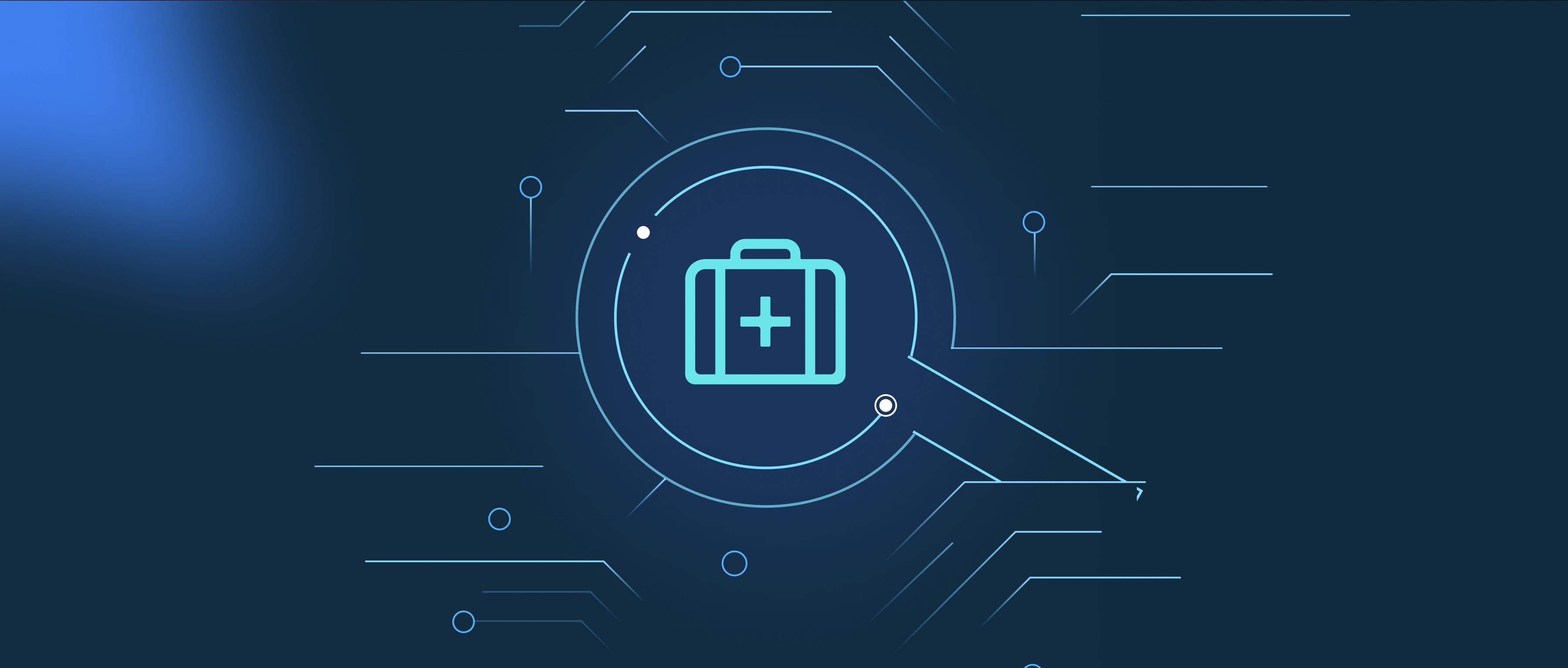Yes, OpenAI’s models can solve complex mathematical problems to some extent, but their effectiveness may vary depending on the specific problem. The models are trained on a vast amount of text, which includes mathematical concepts, equations, and problem-solving strategies. This training enables them to tackle a range of mathematical challenges, from basic arithmetic to more advanced topics like calculus and algebra. However, it’s important to note that these models are not specifically designed as dedicated mathematical solvers, so their responses may not always be accurate or reliable.
For instance, if you ask the model to solve a straightforward equation like (2x + 3 = 7), it is likely to provide the correct solution of (x = 2). However, when it comes to solving more complex problems such as those found in higher-level mathematics, including proofs or intricate calculus problems, the models might struggle. They can provide some insights or steps, but their reasoning may not be robust enough to ensure correctness, especially if the problem involves multiple layers of logic or unconventional approaches.
In practical use, developers can leverage OpenAI’s models to assist in mathematical problem-solving by generating ideas or explanations about specific topics. For example, they might use the model to clarify the steps involved in solving a differential equation or to generate examples of specific types of problems. Although the models can be helpful, it is crucial for developers to verify the answers and approaches given, especially when dealing with critical applications or advanced mathematical tasks.
